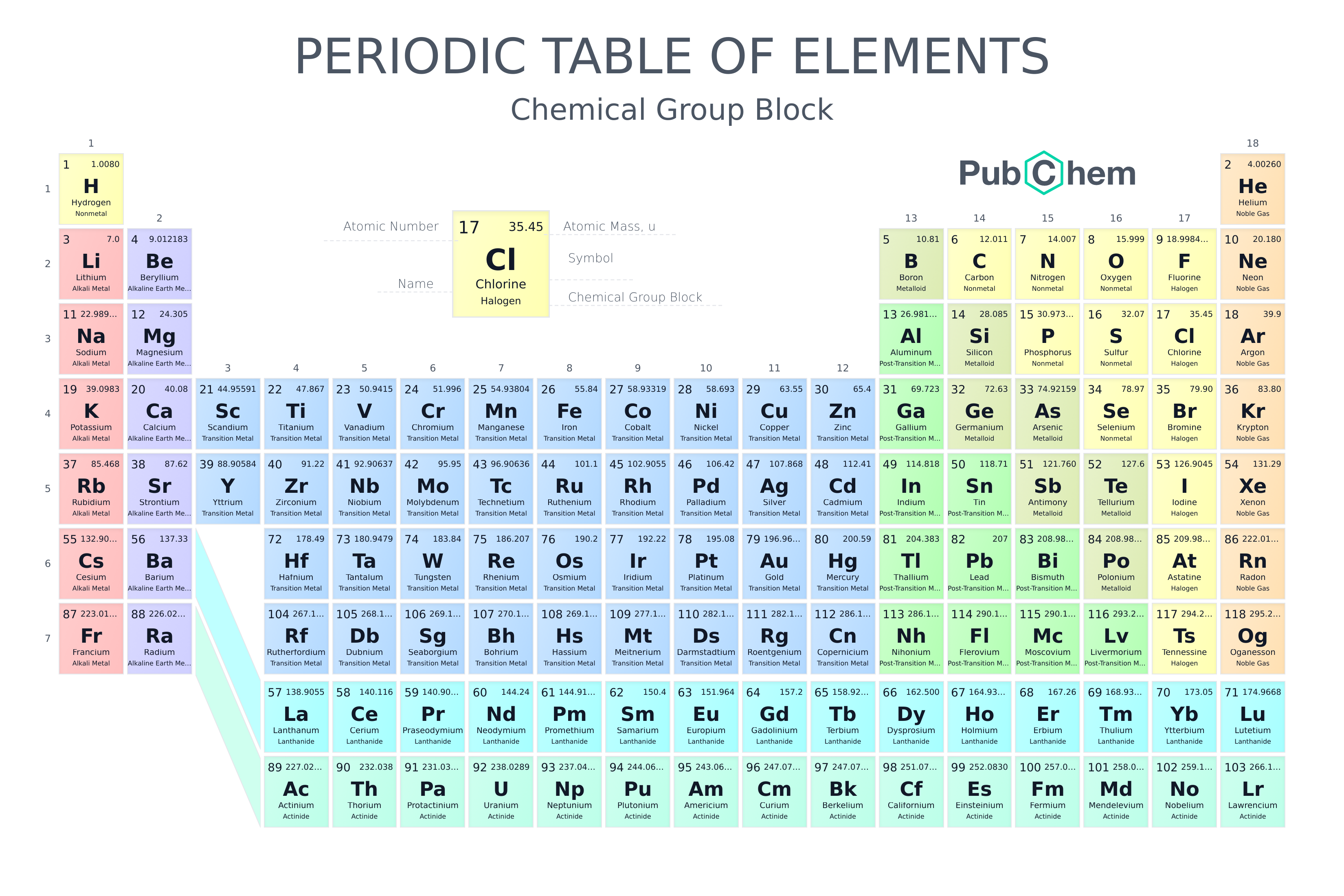Ba Atomic Mass
- Atomic mass of Barium is 137.327 u. Note that, each element may contain more isotopes, therefore this resulting atomic mass is calculated from naturally-occuring isotopes and their abundance. The unit of measure for mass is the atomic mass unit (amu). One atomic mass unit is equal to 1.66 x 10 -24 grams.
- Atomic Number: Symbol: Name: Atomic Mass (amu, g/mol) Notes: 89: Ac: Actinium: 227.0278: 13: Al: Aluminum: 26.98154: In some European countries, the element name is.
- Exact Mass: 140.9144 g/mol: Computed by PubChem 2.1 (PubChem release 2019.06.18) Monoisotopic Mass: 140.9144 g/mol: Computed by PubChem 2.1 (PubChem release 2019.06.18) Topological Polar Surface Area: 0 Ų: Computed by Cactvs 3.4.6.11 (PubChem release 2019.06.18) Heavy Atom Count: 1: Computed by PubChem: Formal Charge: 0: Computed by PubChem.
Atomic Weight: 109: Abundance: None: Mass Excess-79.725632MeV: Binding Energy: 8.326028MeV: Magnetic Moment-0.337 μ: Quadrupole Moment: 0.454.
Barium is a chemical element with symbol Ba and atomic number 56. It is the fifth element in group 2 and is a soft, silvery alkaline earth metal. Because of its high chemical reactivity, barium is never found in nature as a free element


Discovery and History
In 1600, Vincenzo Casciarolo found unusual pebbles that were when exposed to heat would shine during night, named barite (Barium Sulfate BaSO4) [1]. Barium was identified as a new element in 1774 but not isolated in its pure form via electrolysis in 1808. The name barium have been derived from the Greek word barys that mean heavy.
Barium
| Periodic Table Classification | Group 2 Period 6 |
|---|---|
| State at 20C | Solid |
| Color | Silvery gray |
| Electron Configuration | [Xe] 6s2 |
| Electron Number | 56 |
| Proton Number | 56 |
| Electron Shell | 2, 8, 18, 18, 8, 2 |
| Density | 3.59 g.cm-3 at 20°C |
| Atomic number | 56 |
| Atomic Mass | 137.33 g.mol -1 |
| Electronegativity according to Pauling | 0.89 |
Occurrence
Barium is 14th most abundant element in earth crust. Its abundance is estimated about 0.05%. in nature, barium mostly occurs in combination with sulfur, oxygen and carbon. The most common source of barium is barite and witherite. Goodeye for mac. Witherite ore containing barium carbonate BaCO3. The world’s major sources of barium ores are UK, China, Czech Republic, India, Morocco, the United States, Turkey, and Italy [2]. High amounts of barium are also found in soils and in plants, fish, seaweeds, and in nuts [3]. The barium mineral benitoite, occurs as a very rare blue fluorescent gemstone, and is considered as the official gem stone of California. Various anthropogenic activities have led to increased concentration of barium in the environment, including soil, water and air. Such activities include mining, oil combustion and coal combustion. The major ore of barium that are widely used for the extraction of barium is barite.
Physical properties
Pure barium is a silvery-white shiny malleable metal. It is comparatively dense and reactive alkaline earth metal. It has a melting point of about 725°C and a boiling point of about 1,640°C. Its density is 3.6 grams per cubic centimeter. When heated, barium compounds give off a pale yellow-green flame. [4] Barium has specific weight and good electrical conductivity. The atomic number of barium is 56 and atomic weight of 137.327 and belong to Group 2 periodic table.
Chemical properties
Barium chemically resembles, magnesium calcium and strontium but is more reactive. Reaction with chalcogens are highly exothermic. It combines easily with oxygen, the halogens, and other non-metals also reacts with water and most acids. It is so reactive that it must be stored under kerosene, petroleum, or some other oily liquid to prevent it from reacting with oxygen and moisture in the air. In alkaline family radium is more reactive. [5] Barium reacts with ammonia form complexes such as Ba (NH3)6. Barium combines with metals such as aluminum, zinc, lead and zinc forming alloys. When reacted with non-metals barium form poisonous compounds.
Compounds
Atomic Mass Calculation Formula
Nugen vst for mac. Barium salts are white when solids and colorless when dissolved. They are denser than strontium or calcium analogs except for halides. Barium hydroxide unlike calcium hydroxide absorbs little CO2 in aqueous solution insensitive to atmospheric fluctuation. Volatile barium compound burns with a green to pale green flame.
Uses and Significance
- Used to remove unwanted gases from vacuum tubes such as TV pictures tubes.
- Barium sulfate is important in petroleum industry as drilling fluids in oil and gas wells.
- It is widely used in making barium-nickel alloys in spark-plug electrodes.
- It is used in making fluorescent lamps.
- Barium is used in making drilling mud, that is efficiently used in drilling through rocks.
- Used in paints and varnishes as a filler.
- Barium is used as paper coating pigment
- Improve physical properties of some polymer such as epoxies.
- Barium carbonate used in past as rat poison.
- Used in glass making industries.
- Barium oxide used to remove water from solvents
- Barium carbonate used in the production of chlorine and sodium hydroxide.
- Barium nitrate is used to impart green colors in fireworks.
- Barium is used as marker fluid for visualization of intestine in X-ray diagnostic test termed as barium enema.
Health Effects
The health effects of barium are due to its water-solubility and water-soluble barium compounds can be harmful to human health. The intake of barium that are water-soluble may cause paralyses and in rare cases can also lead to death.
When exposed to barium-contaminated water, a person can experience shallow breathing, increased blood pressures, irritation in stomach, weakness in muscles, changes in nerve reflexes, swelling of brains and liver, kidney [6]. In most cases, barium toxicity is an occupational hazard and the most severe health risk arise upon inhalation of vapors of barium carbonate and barium sulphate. Skin contact with barium can also lead to toxicity.

Number Of Protons In Barium
Isotopes
Barium has about 50 known isotopes ranging from 114 to 153. Most stable isotope is Barium-133 with half- life of approximately 10.51 years. Barium-130 undergo very slow reactive decay. Barium- 132 half -life thousand times greater than the age of the universe. Barium -138 lighter isotope and less abundant. Barium also has meta states out of which barium-133m1 has half –life of about 39 hours.
References
- : https://www.lenntech.com/periodic/elements/ba.htm#ixzz5T9CZ5TBr
- : http://www.chemistryexplained.com/elements/A-C/Barium.html#ixzz5T9HSG6jR
Other Periodic Table Elements
- Tennessine
Fission for mac. Tennessine is a synthetic element that was discovered in 2010. It is highly radioactive and…
- Moscovium
Moscovium is a synthetic element that was discovered in 2003. It is a highly radioactive…
- Hassium
Hassium is a synthetic element that was discovered in 1978. It is a highly radioactive…
